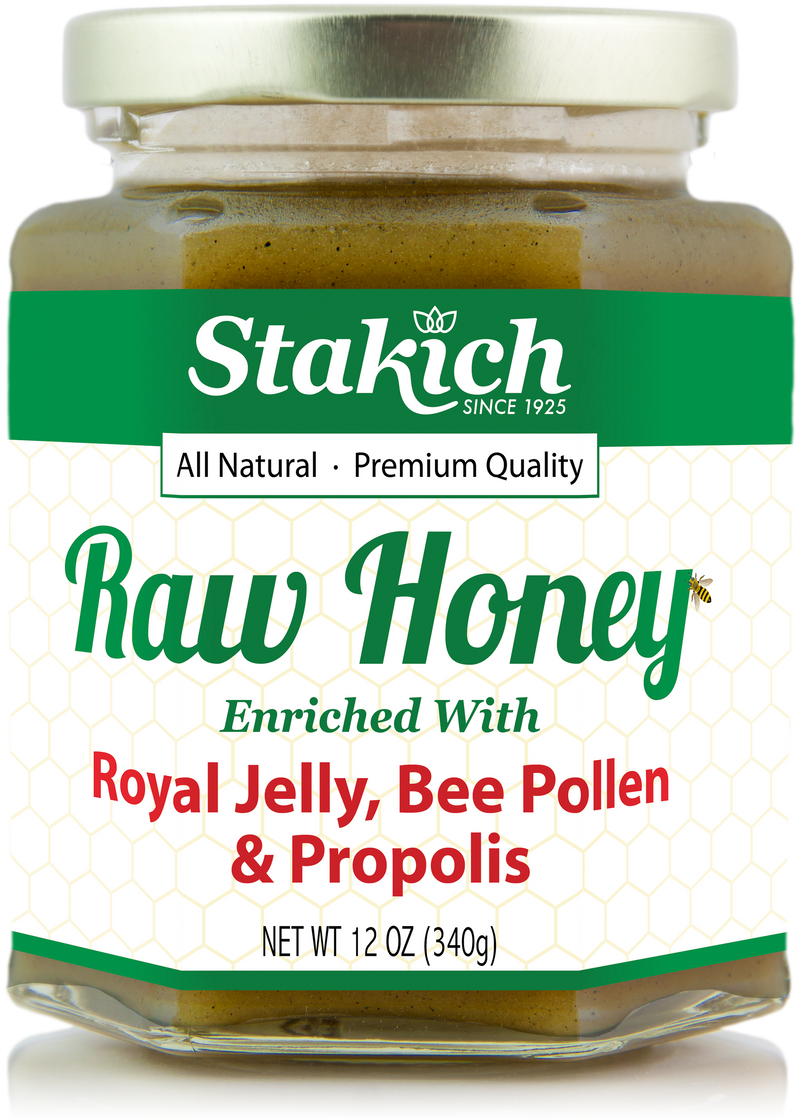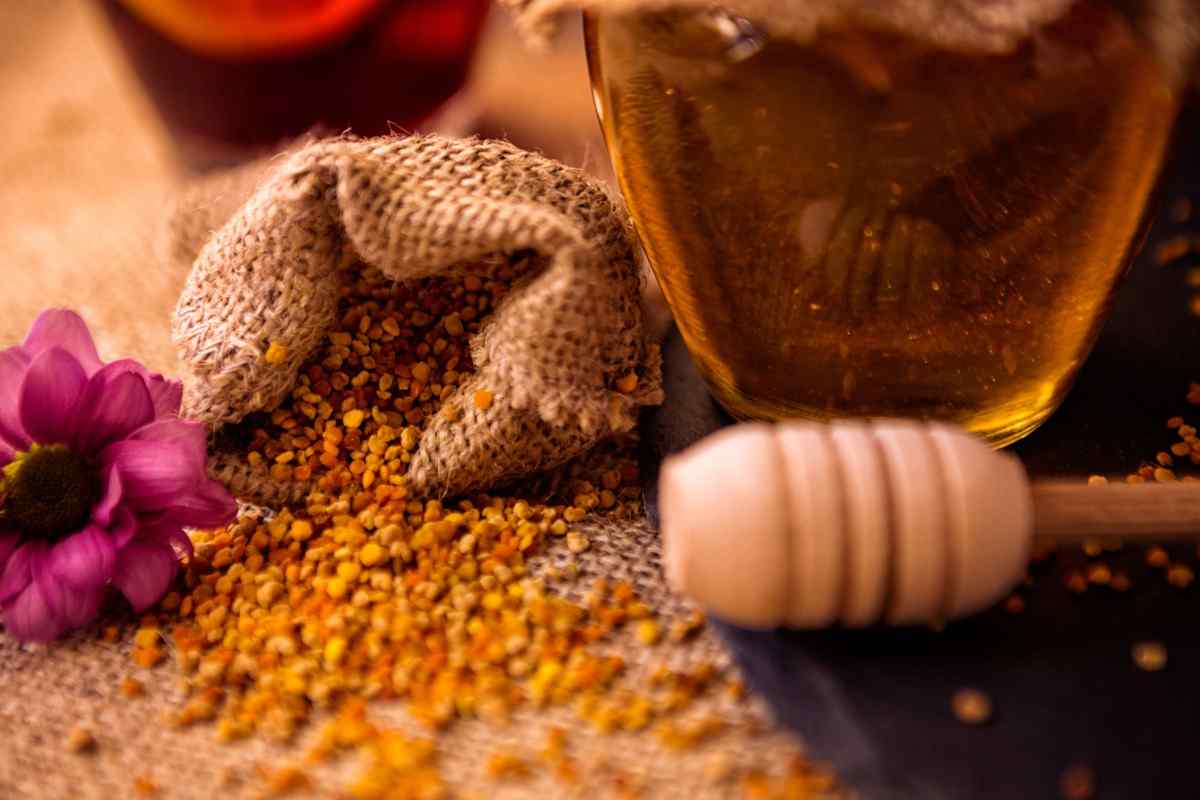

O’Neil also notes that the amount of royal jelly within a beehive is extremely dependent on the amount of pollen in the hive, because nurse bees will consume pollen to help continue the development and activation of their hypopharyngeal glands in order to produce royal jelly. Royal jelly is something that is naturally produced by nurse bees that are six to 14 days old, and looks sticky, white, but sometimes with a gray cast (similar to condensed milk, according to Cebelarstvo Luzar, which is where the name “mother’s milk” stems from).Īccording to Emily O’Neil, the Staff Scientist at The Best Bees Company, worker and drone larvae receive royal jelly the first two to three days of their larval development, while developing queens receive it their entire larval stage. Honey bees are incredibly fascinating and resourceful creatures, and the production of royal jelly is just one of the many awe-inspiring things that a worker bee can do. How Royal Jelly is Made and its Uses within a Beehive Because of its antibiotic properties, propolis is often added to health products and is commonly used to treat diabetes and cold sores (although additional evidence to confirm its efficacy is still needed). Propolis is used to seal and protect the hive from any threats or bacteria.

Propolis differs from royal jelly in the sense that, although it is produced by worker bees, its purpose is much different. When hosting a beehive, people can enjoy the excess honey in a warm cup of tea, and even beeswax is widely used for candles, lip balms, and other products. It’s no surprise that honey bees are fascinating creatures that we can learn and benefit from. If you’re unfamiliar with the term “royal jelly”, it’s likely that you may have heard of this substance by a different name! Common names for royal jelly include:
Bee propolis royal jelly bee pollen benefits free#
It is also noted that royal jelly is one of the richest natural products in free amino acids, and contains at least eight essential amino acids. According to, royal jelly is a complex compound consisting of water (50-60%), proteins (18%), carbohydrates (15%), trace minerals, free amino acids, and other smaller compounds. Since royal jelly is fed to the bees inside of a honey bee hive, it’s important to understand the composition of this protein-packed liquid. This milky substance is fed to all larvae for a short period of time during the honey bee life cycle, and is also fed to the developing queen bee in extra amounts. Royal jelly is often referred to as a honey bee’s version of “a mother’s milk” and is a protein-rich secretion produced by worker bees. One important duty of the worker honey bee involves creating something called “royal jelly”, which plays a large role in their physiology and status within the hive. In addition to pollinating flowers and creating honey, the honey bee is also responsible for caring for young bees as well as the queen bee, who is known as the “mother” of all of the bees in one hive. Since honey bees are social insects, this means that they work together and depend on each other to survive, while also performing daily essential functions for the rest of the colony. If you’ve ever been near a honey bee hive (or happen to host one yourself), then you likely know that these pollinators are often seen together in and around their home.

Harvesting Royal Jelly and Increasing Royal Jelly Production.Royal Jelly Benefits and Uses for Humans.How Royal Jelly is Made and its Uses within a Beehive.


 0 kommentar(er)
0 kommentar(er)
